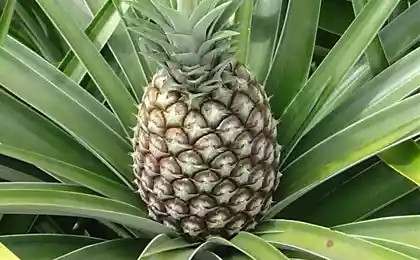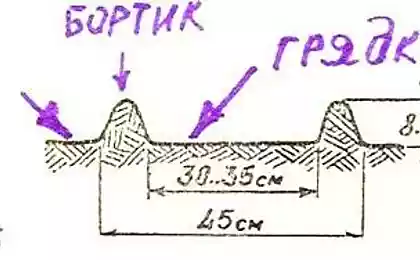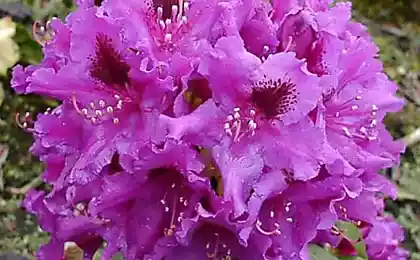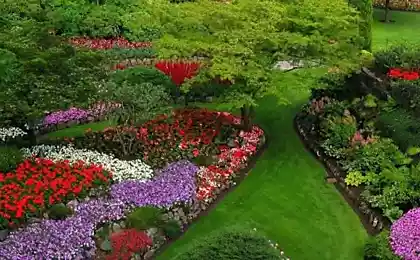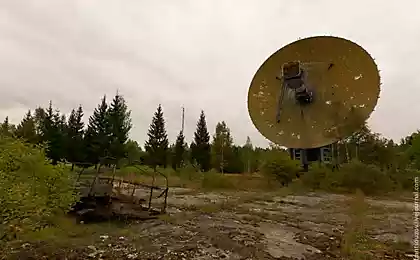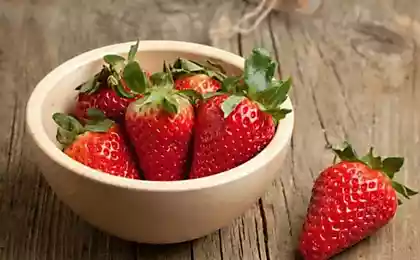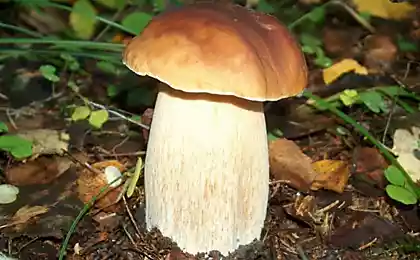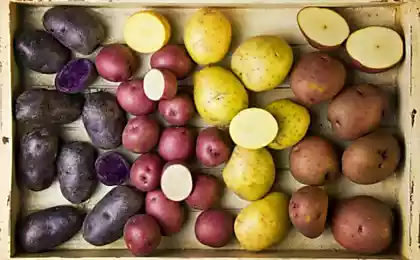253
Lobelia: growing species and varieties
Lobelia attracts gardeners not only for its unusual blue color, which is rare among flowers (although today there are varieties with white, purple, blue and even red inflorescences), but also for its great potential for application in landscape design. For example, bush varieties are often used to decorate curbs and mixboarders, ampel varieties are planted both in suspended pots and in the ground as a soil cover. And some varieties are especially common in the design of artificial reservoirs, which today often become the highlight of the garden.
Lobelia breeding
Such a flower as lobelia, growing from the seeds of which is mainly carried out by seedling method, requires special attention at the stage of development of seedlings. In addition, the seedlings themselves are small and tender, and they grow quite slowly. Therefore, sowing seeds in open ground is extremely rare, because they need greenhouse conditions for germination, and watering seedlings is carried out very carefully with the help of a sprayer.
Lobelia can also be characterized by the phenomenon of self-seeding, when in autumn after flowering, seeds from the plant fall to the ground. The following year, seedlings from such seeds appear and bloom much later than when using seedlings.
Perennial varieties of lobelia are grown from seeds by seedling method, which allows flowering in the first year, as well as sowing in the ground in the second half of summer. In the latter case, flowering occurs in the second year of growing the plant.
Reproduction of lobelia is carried out by both seeds and cuttings. Depending on the type, there may be some features.
Lobelia: growing from seeds
So, lobelia from seeds purchased in the store often corresponds to the variety declared on the package. But, in the case of hybrid varieties, in particular, we are talking about lobelia ampelina, flowers grown from hand-picked seeds may differ in properties and appearance from the mother plant, since in the future there is a split, which becomes more noticeable with each next generation. Therefore, hybrid varieties of lobelia at home are accepted to multiply cuttings.
Lobelia: cutting
If we have already talked about how to grow lobelia from seeds, then the features of cutting plants should be discussed in more detail.
For cutting, an already adult bush of lobelia is used. Often such a bush is dug out in autumn and, together with an earthen lump, is transplanted for wintering in a spacious container for further maintenance in the room. With proper care and timely removal of faded stems, the process of flowering lobelia sometimes continues until the middle of winter. Then comes a period of rest, which lasts about two months. At this time, the plant is placed in a bright cool place, and the number of irrigations is significantly reduced.
At the end of February, young shoots again appear at the base of the bush. At the same time, it is recommended to add fresh soil to the container and direct the growth of stems to the sides. When small roots appear in the lower part of the processes, they can be deposited in separate pots. Planted cuttings that have reached a height of 4-5 cm pinch. Thus, a significant number of young plants can be obtained from one bush, which are planted in open ground in May, providing lobelia with elementary care. If necessary, obtaining a larger number of cuttings instead of pinching the stems are laid on fresh soil, pinning them to the surface. Over time, roots also appear in places of contact with the soil and, accordingly, additional cuttings for planting.
Lobelia species
In nature, there are about 300 species of lobelia, among which there are grassy plants, bushes and even tree specimens, annual and perennial crops.
As an ornamental plant in our latitudes, annual lobelia of four species are often grown.
1. Lobelia is black, also called erinus, kerb or blue. This type includes 5 forms: dwarf, spreading, weaving, compact and erect. The height of its various forms reaches 10-40 cm. The leaves are small, the diameter of the flowers is 1.5-2 cm. Plants of various varieties can have blue, blue, white, pink, purple color. There are also two-colored inflorescences with a white eye in the middle. Popular varieties include “Regatta Rose”, “Regatta Blue”, and “Riviera Sky Blue”.
2. Lobelia is strong. Externally similar to compact varieties of black lobelia, but has more powerful stems and large flowers of purple and blue color with a light spot at the base of the petals.
3. Ampel lobelia Ricardi. It resembles wicker varieties of erinus, but has longer and coarser stems. It is a hybrid variety, because at home it reproduces exclusively by cutting. Growing ampel lobelia from seeds is possible only in the case of purchased seed material.
4. Lobelia is thinnest with stems 25-35 cm high, flower diameter up to 2 cm. The color of the inflorescences is blue, white, lilac. The most famous variety of Blue Wings. This lobelia, growing from the seeds of which in its technology differs little from other varieties of plants, has larger flowers than in varieties of erinus.
Perennial species of lobelia are less popular in gardening. Let us list only the most famous types.
• Lobelia is beautiful, which is grown in both annual and perennial versions.
• Lobelia is cardinal or purple, named after the similarity of the color of her flowers with the color of the robe of Cardinal Richelieu. The plant grows in swampy areas and reaches 125 cm in height. Some of its varieties are used in aquaristics, since the specificity of the species is such that its roots can be underwater, and the flowers above the surface of the reservoir.
• Lobelia is brilliant (fire). Has scarlet flowers in diameter reaching one and a half centimeters. The plant height is about 75 cm. The most famous variety is Queen Victoria.
Lobelia Dortman. A plant on the verge of extinction. It grows in coastal zones in clean sand at a depth of 0.6-0.8 m. Flowers bell-shaped white or light blue color.
Lobelia "Gerardi" - the most frost-resistant variety, withstanding up to -29 degrees Celsius. The height of the plant is 1.25 m, the inflorescence is spikely.
• Lobelia is a poisonous plant with flowers that form a blue or lilac apical brush.
Lobelia syphilitic. The name came from the fact that the Indians used it to treat syphilis. In Europe, the species itself did not gain popularity, but was used to breed hybrid varieties of the plant.
Lobelia is a unique plant that can grow both on land and in water. Having figured out how to grow lobelia from seeds and cuttings, as well as comprehending the features of simple care for this plant, you can get an excellent decoration for the garden and home, which will please the eye for more than one year.
Source: sadovod-i-ogorodnik.ru
8 thoughts causing panic and 8 ways to neutralize them
Writing stupor: where to find the words, if not


